WhatsApp is rolling out one of its biggest anti-spam tests yet, a trial that caps how many messages you can send without getting a reply (Engadget). The company is testing different monthly thresholds to target high-volume senders and spammers while leaving regular users alone (Engadget).
The twist is the focus on recipient behavior, not blanket volume caps. Instead of pure message counts, WhatsApp looks at engagement patterns to tell normal chats from spammy blasts. Translation: meaningful conversation beats broadcasting.
How the new message cap actually works
Here is the clever bit. The system tracks messages from both individual users and businesses toward a monthly tally (Engadget). When someone responds to your message, those messages are removed from your monthly count (Engadget). It nudges people toward real conversation instead of one-way blasts (Find Articles). WhatsApp will also warn accounts as they approach the limit (Engadget), so users can adjust before hitting a wall.
On the technical side, the system appears to monitor response patterns continuously. What counts as a response likely includes replies, reactions, or continued conversation. It runs on a rolling monthly basis, so messages that earn responses drop from your count throughout the month, not only at fixed intervals.
For businesses using WhatsApp’s API, this is a shift from tiered messaging limits, starting at 250 business-initiated conversations per 24-hour period, to an engagement-first model that could theoretically allow unlimited messaging, provided recipients respond.
What this means for regular users vs. businesses
Most everyday users will never notice the change. Normal chat behavior rarely triggers the cap (Engadget). The system values conversation quality over raw volume (Find Articles).
For businesses, the playbook changes. If people reply, your reach grows over time (Find Articles). That puts a premium on proper opt-ins, relevant timing, and messages that invite a response (Find Articles).
It also pressures broadcast-heavy programs to evolve. Expect more personalization, sharper segmentation, and smarter timing. Brands that push promos without engagement metrics will feel the pinch.
Consider a retail business. Instead of blasting weekly sale announcements to everyone, they craft messages that prompt replies, ask for preferences, offer tailored picks, or include small interactive touches. A nudge, not a megaphone.
The broader anti-spam strategy taking shape
This trial fits neatly into WhatsApp’s wider cleanup effort. The app added an easy way to unsubscribe from business marketing messages, and in August it began alerting users when unknown contacts add them to groups (Engadget).
The scale is not small. WhatsApp deactivated over 6.8 million accounts tied to scam centres in the first half of 2025 (Meta/Associated Press). With over 100 billion messages moving through the system daily (Find Articles), keeping quality high takes real filtering muscle.
The pieces work together. Frequency caps limit daily marketing pings, forwarding restrictions slow viral misinformation, and engagement-based caps discourage one-way blasting. Layered barriers for spammers, minimal friction for everyone else.
The timing hints at regulatory pressure and user complaints about quality. In markets like India, where rules are tightening and users ditch platforms with weak spam control, these steps help protect WhatsApp’s position.
What to expect as the rollout expands
The trial rolls out across multiple countries in the coming weeks (Engadget), giving WhatsApp a read on real-world behavior shifts. For most people, that should mean fewer unwanted texts from unknown numbers and less nagging after you ignore spam (Find Articles).
WhatsApp is also expanding similar tests, including forwarding limits, in more than a dozen countries (Find Articles). It is a notable recalibration of how messaging platforms balance user experience and business needs, one that could set new norms for spam control.
Early reads from frequency capping tests are promising. After implementation in India, some businesses saw a 30 to 50 percent drop in marketing delivery at first, then recovered, and even improved response rates once they shifted toward engagement.
The global rollout will probably move in phases, starting with markets that struggle most with spam. Thresholds may change by region, since countries with heavier business messaging could need different limits than those where usage is mostly personal.
The future of messaging quality over quantity
Bottom line, WhatsApp is flipping the script by prioritizing engagement over volume. Businesses that deliver value win, and everyone else gets a quieter inbox. As the platform continues processing over 100 billion messages (Find Articles), quality-focused tools feel less like a feature and more like table stakes.
The takeaway is simple. Meaningful conversation beats mass broadcasting, and that is probably exactly what users want. The shift mirrors broader trends in engagement-based algorithms across social media and email.
For businesses willing to adapt, results can improve. Invest in content that earns replies, personalize your outreach, build actual relationships. Keep treating WhatsApp like a broadcast channel, and the system will crowd you out.
This evolution is more than spam control, it is about a communication ecosystem where each message carries value for sender and recipient. If other messaging platforms follow WhatsApp’s lead, we are watching the future of digital communication take shape.




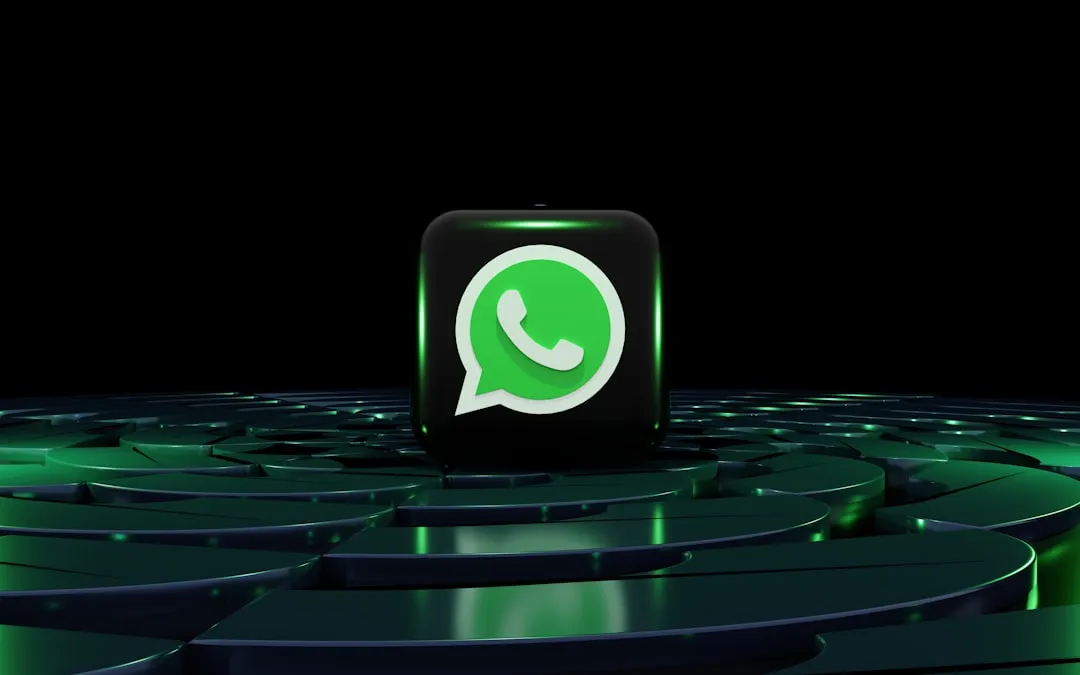
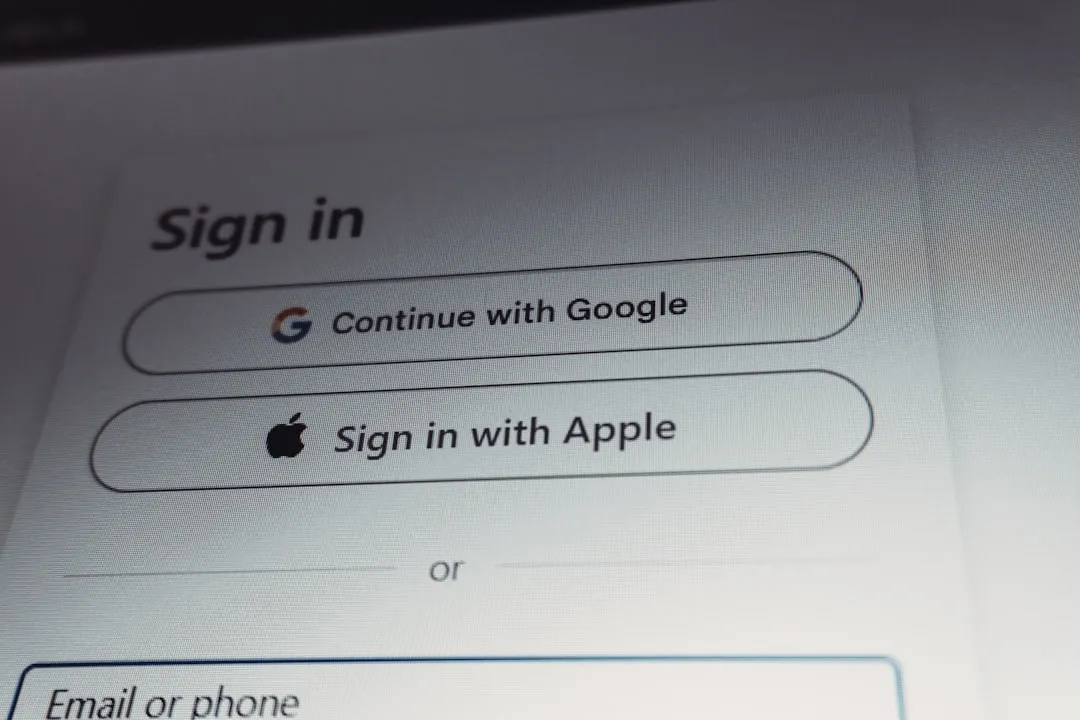
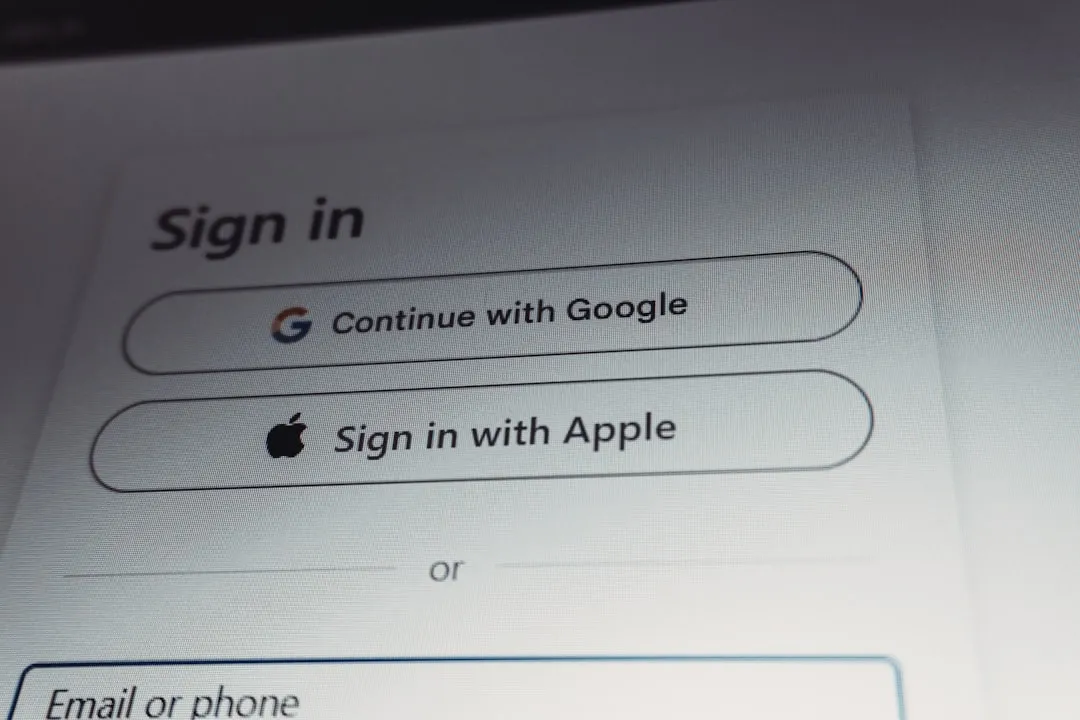
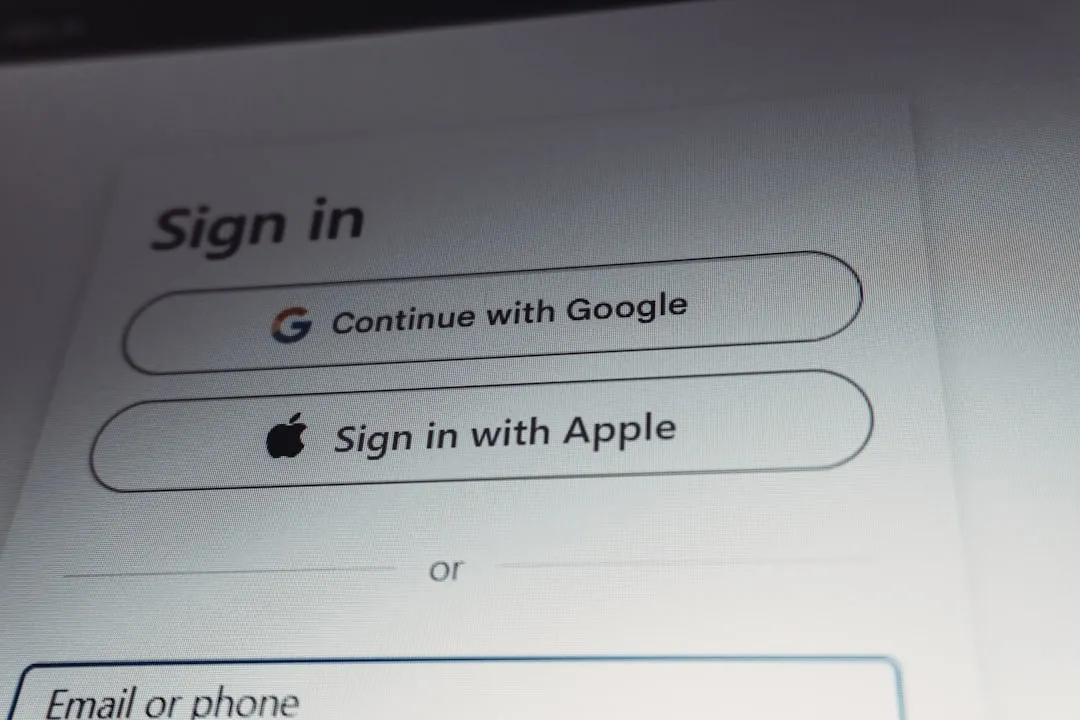




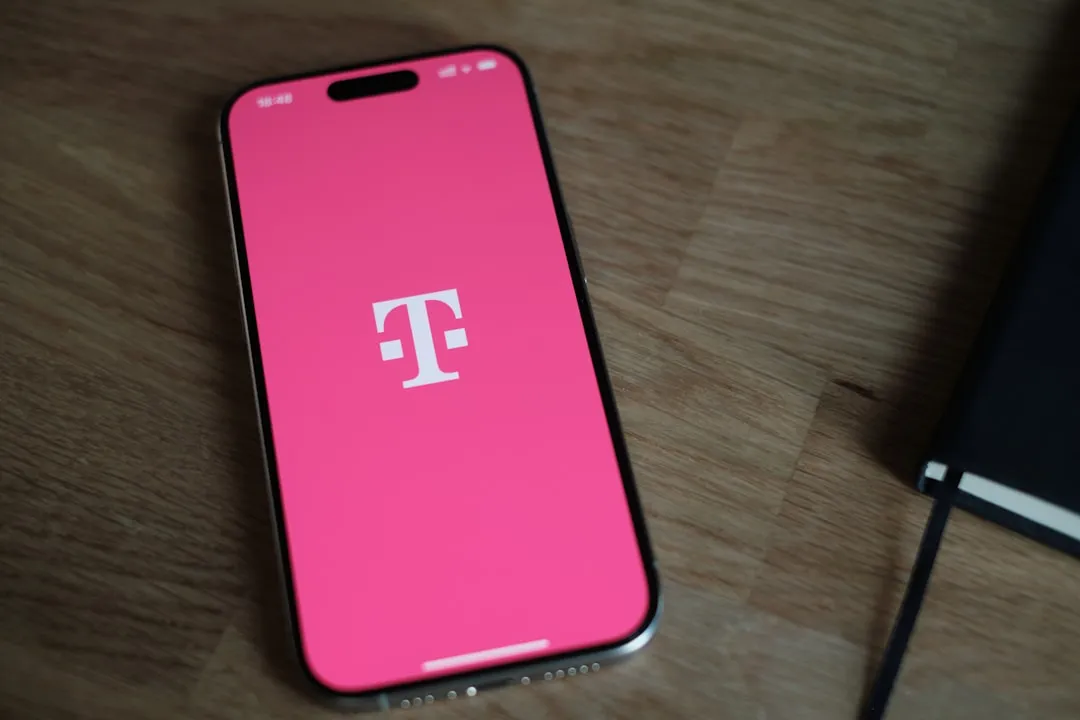

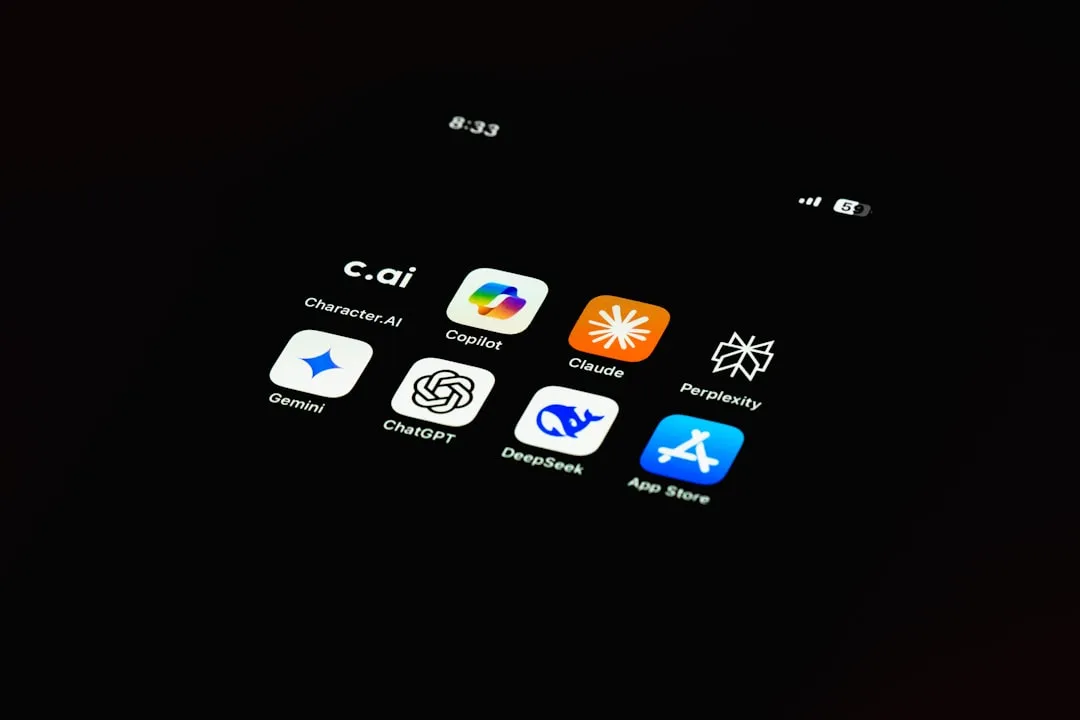




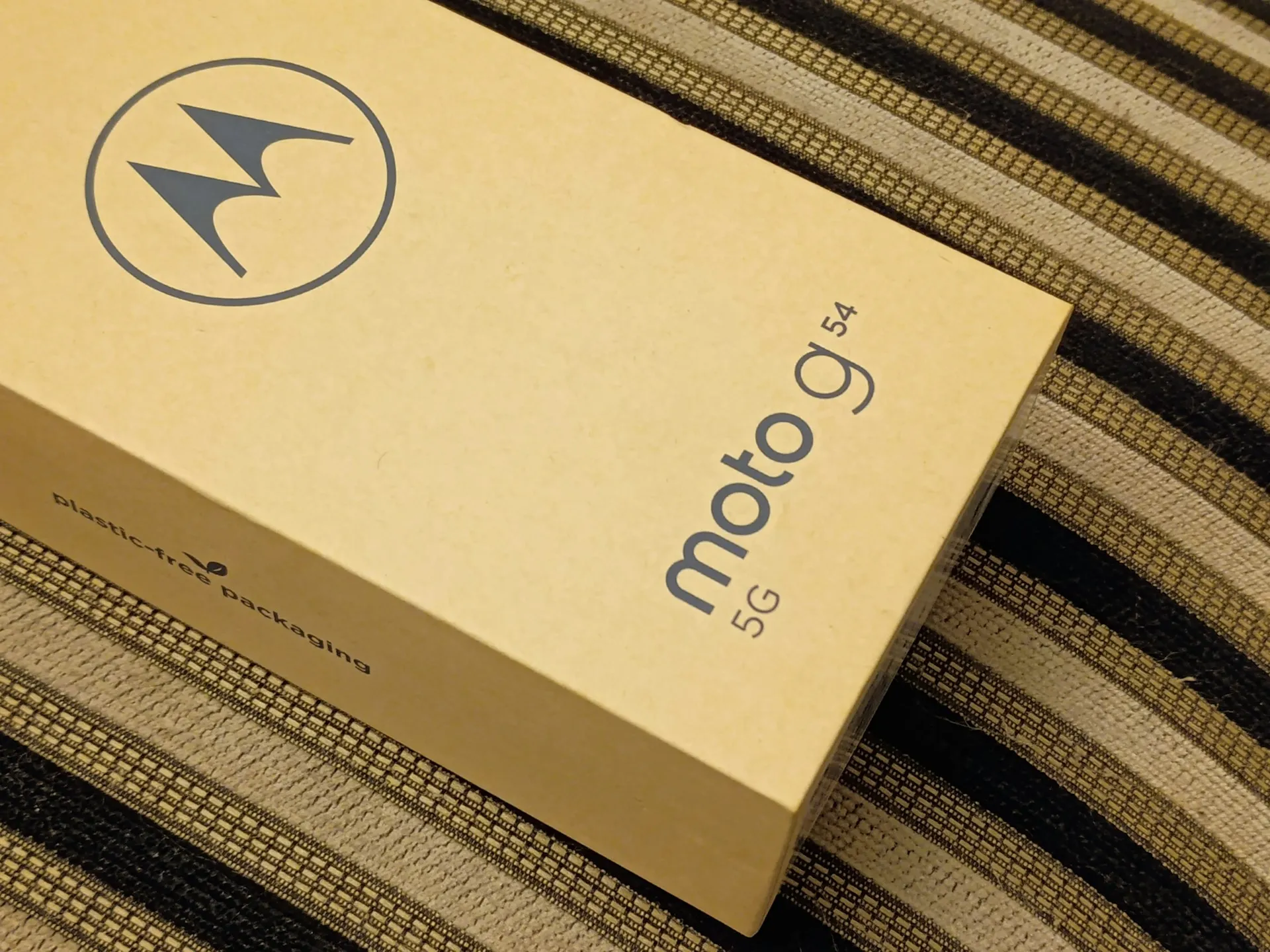



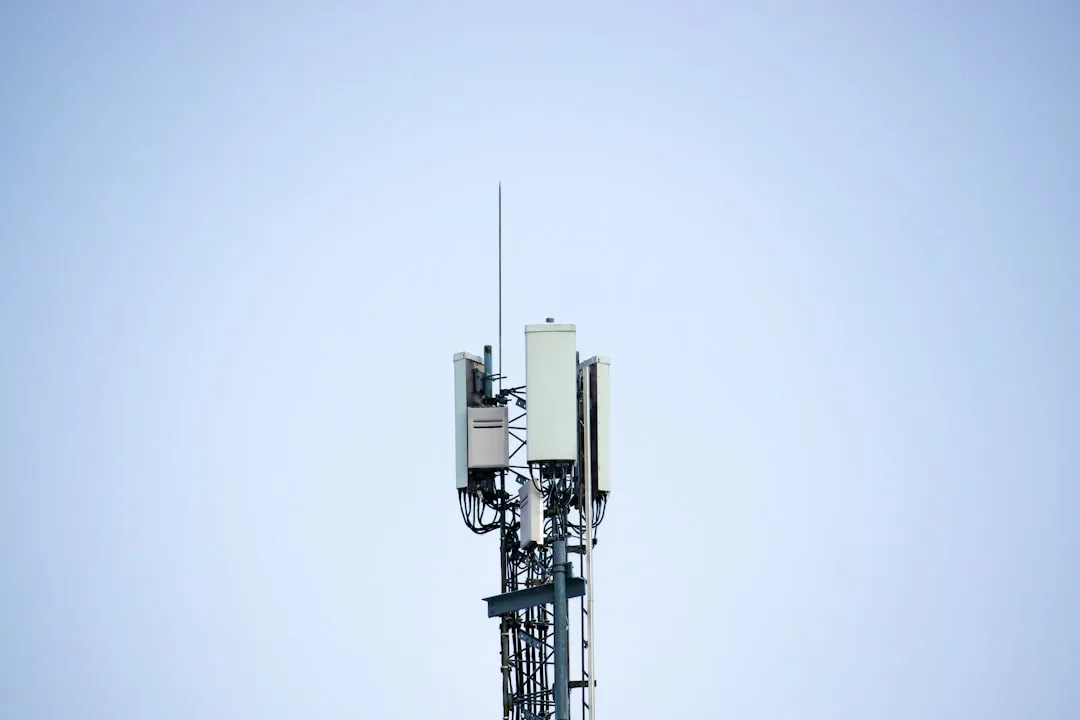

Comments
Be the first, drop a comment!